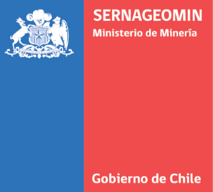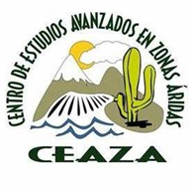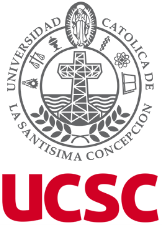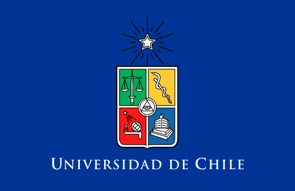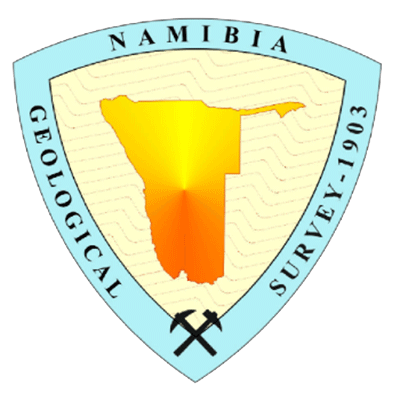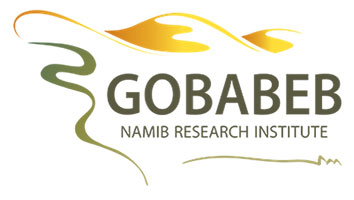Modelling the co-evolution of life and landforms
Research area: Geology, Geomorphology, Macroecology, Macroevolution, Numerical Modelling
Principal investigators: Prof. Dr. Jean Braun, Dr. Steven Binnie, PD Dr. Kathrin Lampert
Project Info: Phase 3
Studying the co-evolution of life and landform, modulated by climate, is important because it leads to understanding of the present-day diversity of life on the Earth’s surface, what are the mechanisms (uplift, erosion, climate variations, etc.) that led to this distribution and the conditions (dry vs wet climate, high vs low uplift rate, etc.) under which this happened. Of primary interest to us is to continue investigating the links between life and landforms in a semi-arid to hyper-arid environment at a range of scales, i.e., from the orogenic scale to the catchment scale. For this we propose to continue developing the numerical framework combining AdaScape, an ecological-evolutionary model, to FastScape, a landscape evolution model that also incorporates an orographic rainfall model, and, using it to perform a series of numerical experiments that will be calibrated and validated by a broad range of observations gathered during phases 2 and 3 by other projects. The main questions that we will address are:
- How does uplift and erosion affect the distribution and evolution of life in arid environments?
- Does active uplift play a more important role than erosional down-wearing of an elevated plateau?
- What is the importance of vegetation and vegetation type in controlling fluvial erosional efficiency and weathering in arid environments that are characterized by high variability in rainfall?
- Does drainage reorganization favoured by tectonic deformation (especially in an arid environment characterized by highly variable river discharge) enhance speciation?
Accordingly, the following working hypotheses should be tested:
- Changes in landforms caused by uplift and erosion affect the rates and patterns of dispersal, mutation and adaptation and thus cause observable changes in plant diversity.
- Vegetation and vegetation type affects evapotranspiration, which, in turn, affects how rainfall variability is transformed into discharge variability and ultimately erosional efficiency where erosional thresholds exists; vegetation and associated microbial activity affect the rate of chemical weathering.
- Drainage capture events can lead to complex speciation patterns that are observable in aquatic species; and tectonic activity increases the rate of drainage capture, especially in the high flow variability conditions of arid environments.
Phase 2
Modelling the co-evolution of life and landform
Research area: Numerical modelling of Earth surface processes
Principal investigators: Prof. Dr. Jean Braun, Prof. Dr. Dietmar Quandt
There is now strong evidence for links between tectonic uplift (and thus landscape evolution) and evolution of life at the Earth’s surface. Examples include the distribution of micro-endemism in the lemur population in Madagascar (Horvarth et al, 2008), or the evolution of biodiversity in the Amazon Basin in relation to uplift in the Andes (Horne et al, 2010). Although much advances have been made in modelling landscape evolution or speciation in response to external forcings (mostly climate), no model exists that couples both approaches and can predict the evolution of life on an evolving landscape. During the first stage of the CRC-1211, large datasets have been gathered on tectonic uplift of the Andes, the resulting landscape evolution and climatic response and the evolution of the biota in the Atacama Desert. Although the data and its interpretation are now being published, few attempts have been made so far at quantifying the links that exist between these different parts of the Earth System and how they have co-evolved over the past 20 Myrs. We propose to synthesize these results by further developing and using a new speciation model that we have coupled to a landscape evolution model.
In this project, we plan to calibrate the models for the specific arid environment of the Atacama Desert and the biota it hosts. We will then perform a series of generic model experiments to assess the behaviour of the coupled model and its response to tectonic and climatic forcings. We will then use the information gained in this process to model more specifically the evolution of organisms (plants, insects, fish, etc.) for which data has been collected in the first stage of CRC-1211. For this, we will use constraints on the climate and tectonics of the Atacama region and its evolution on recent geological time scales compiled by other research groups in the CRC. We will ultimately use the model to investigate the complex links between the evolution of landforms and life at the global scale. The development of the model will also be focused on making it easy to use by non-specialists, and we will devote efforts to promote its use by researchers in other projects of the CRC.










